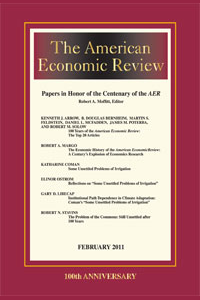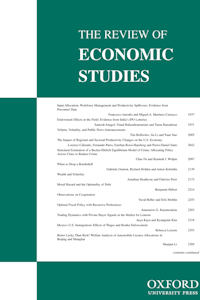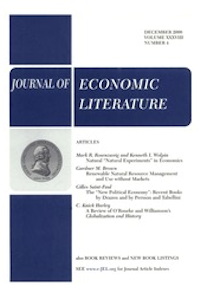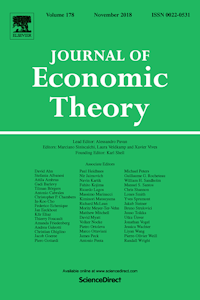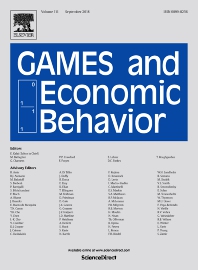
Dziubinski, M. and Goyal, S.
Network design and defence
Games and Economic Behavior
Vol. 79 pp. 30-43 (2013)
Abstract: Infrastructure networks are a key feature of an economy. Their functionality depends on the connectivity and sizes of different components and they face a variety of threats, from natural disasters to intelligent attacks. How should networks be defended and designed to ensure the best functionality? We develop a model to study this question. There are two players, the Designer and the Adversary. The Designer forms costly links among n given nodes and chooses to protect some of them at a cost. The Adversary then allocates resources to attack nodes. Successful attack on a node leads to its elimination. We study sub-game perfect equilibria of this game. Our main finding is that if defence is affordable and reliable, then the network is sparse and heterogeneous, and either centrally or fully protected. On the other hand, if defence is relatively costly compared to linking, then dense and homogeneous networks arise in equilibrium.
JEL Codes: C69, C72
Author links: Sanjeev Goyal
Publisher's Link: http://dx.doi.org/10.1016/j.geb.2012.12.007 ![]()

